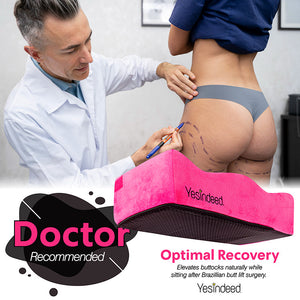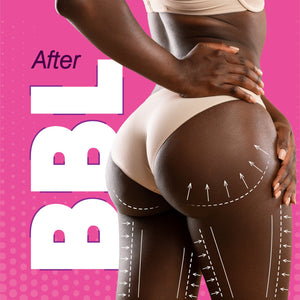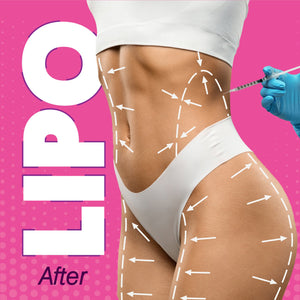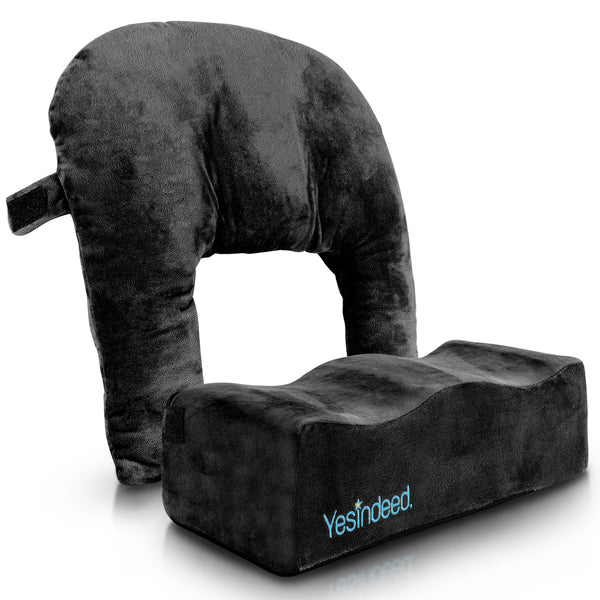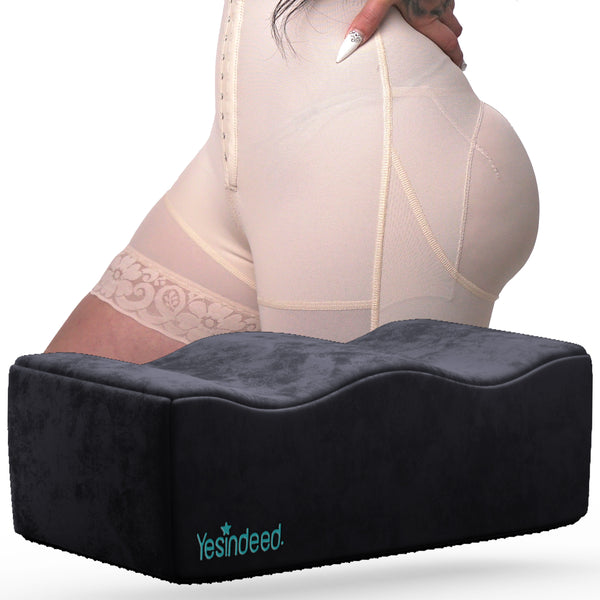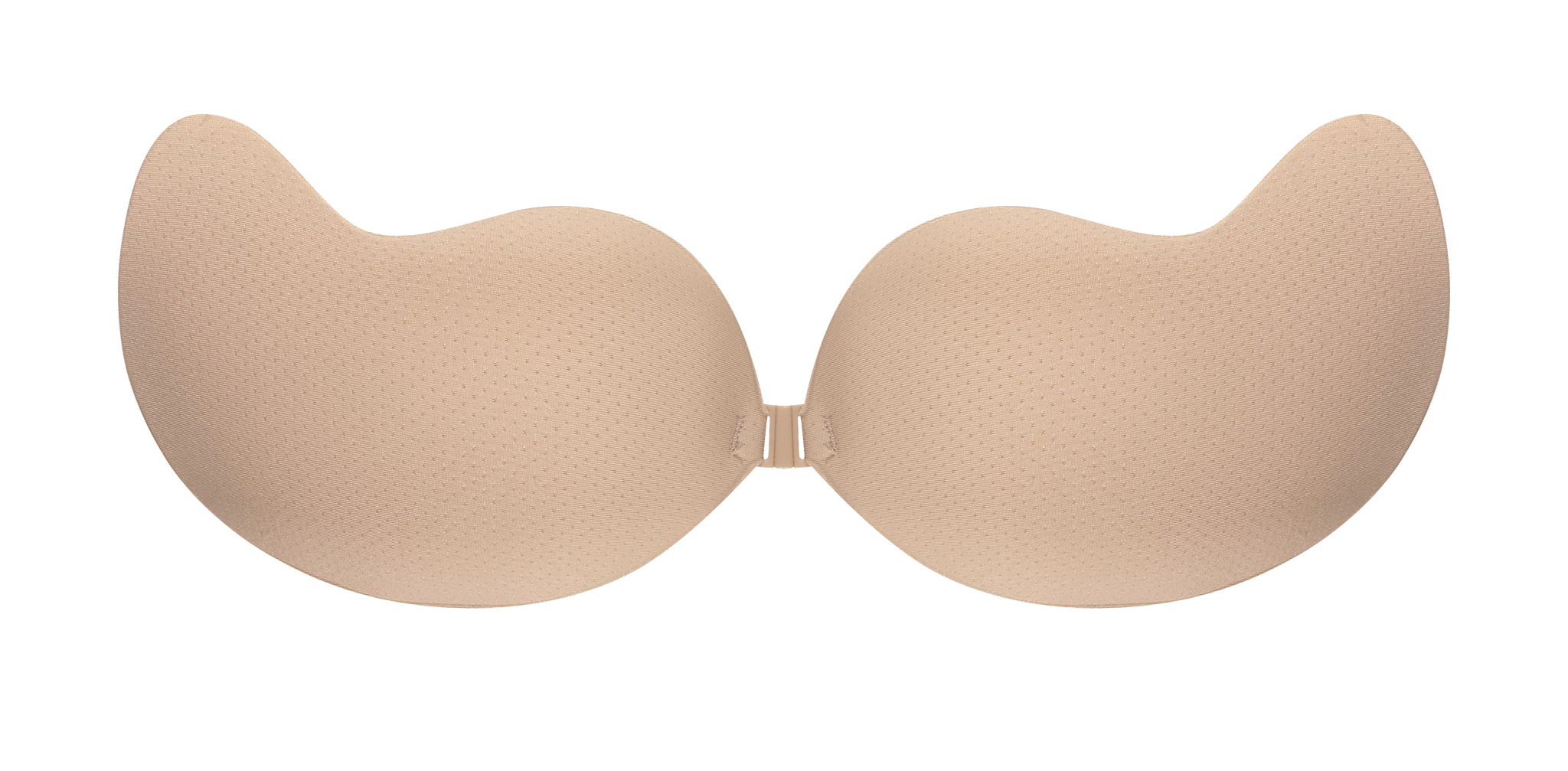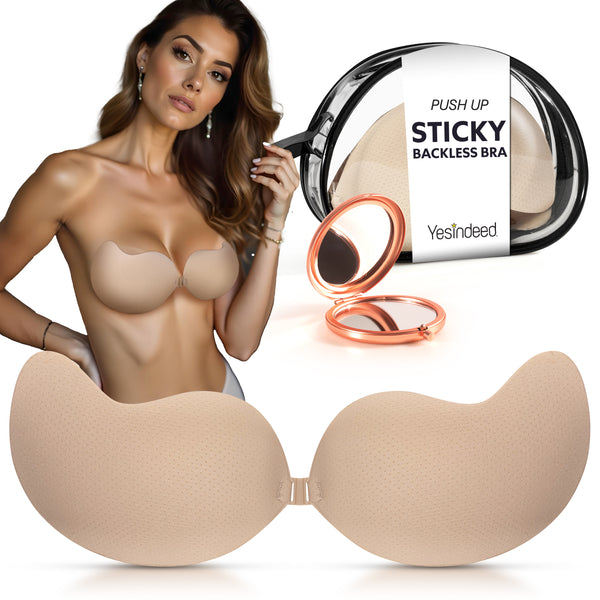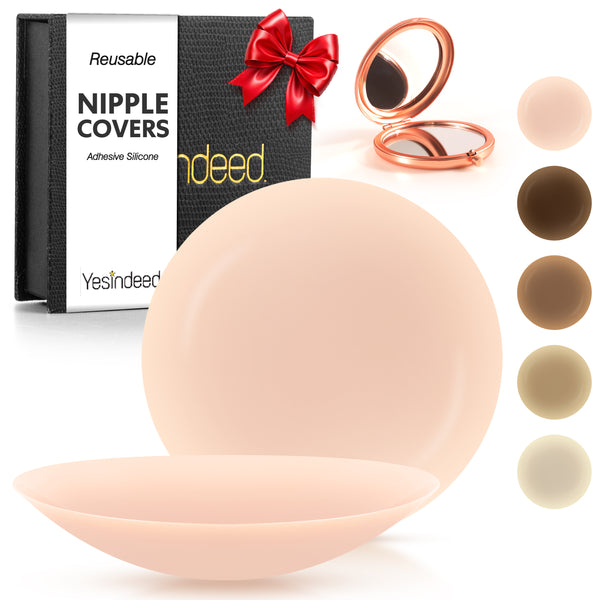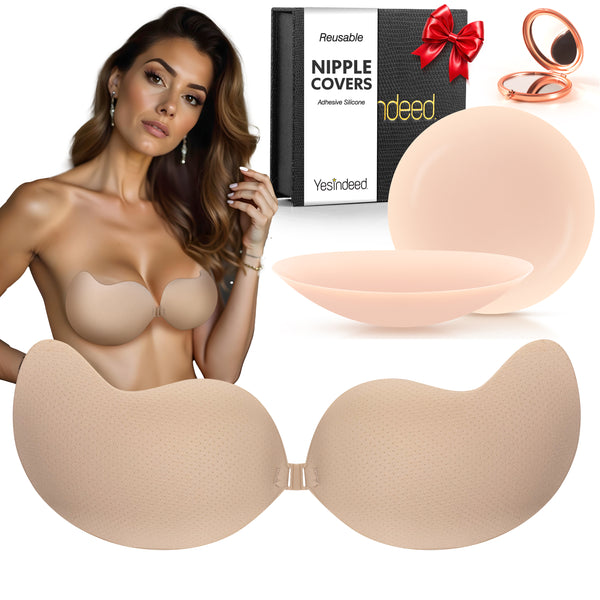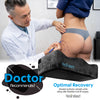Imagine spending days at the gym, adhering to the strictest diets known to man but still not being able to shape and tone certain body parts the way you want. It can be frustrating.
But thanks to Liposuction Massage Roller, many people have been able to sculpt their bodies into desired silhouettes. Yet we all know that every surgical procedure comes with its own healing process.
Take Michael, for instance, a 34-year-old who decided to trim off stubborn fat through liposuction; he felt fit and flawless after surgery, but he wasn't prepared for the recovery phase. This blog post aims to equip you with essential tips for a smooth liposuction recovery, so you don't have to face the challenges encountered by Michael. Let's dive in and explore how you can bounce back with grace and confidence after your surgery.
After liposuction surgery, it's important to rest and avoid strenuous activity for at least one to two weeks. It's also recommended to wear compression garments as directed by your doctor, consume nutrients like vitamins and antioxidants, stay hydrated, and avoid smoking or nicotine use. Following your doctor's recommendations for recovery will help ensure a smooth healing process and optimal results.
Preparing For Liposuction

Liposuction is a cosmetic surgical procedure that involves removing fat cells from specific areas of the body. To ensure a successful and smooth recovery, it's crucial to prepare adequately before undergoing the surgery. Here are some tips to help you prepare for liposuction:
First, research the procedure thoroughly and get a comprehensive understanding of what it entails. This will help you know what to expect during and after the surgery, including the potential risks and complications involved.
Secondly, consider discussing your medical history with your doctor. They can help assess whether you are the right candidate for liposuction, taking into account any pre-existing medical conditions or medications you might be taking.
Just as an athlete warms up before a game or workout to prevent injury and maximize performance, so too must you "warm up" your body before surgery. This might involve incorporating healthy habits into your daily routine such as regular exercise, eating nutritious foods, getting enough sleep, and avoiding alcohol and smoking.
Finally, consider seeking support from family members or friends during your recovery period. Some patients may experience anxiety or discomfort following liposuction, and having someone to offer emotional support can make all the difference in the healing process.
With these steps in mind, let's dive deeper into understanding the liposuction procedure itself.
- A study conducted in 2015 found that regular gentle walking post-liposuction can help reduce the occurrence of deep vein thrombosis, a possible complication following the surgery.
- According to the American Society of Plastic Surgeons, proper hydration and good nutrition may contribute to enhanced wound healing, reducing recovery time by as much as 30%, a significant improvement for those going through liposuction recovery.
- Research suggests that compression garments could play a role in faster resolution of edema and ecchymosis, with over 80% of surgeons suggesting they should be used on all patients post-surgery to regulate blood flow effectively.
Understanding The Liposuction Procedure

Liposuction involves inserting a thin tube called a cannula through small incisions in specific areas of the body with unwanted fat deposits. The cannula is then used to break up and suction out fat cells from beneath the skin. The procedure can be performed under general anesthesia or local anesthesia with sedation depending on the extent of the surgery.
After your surgeon has made tiny incisions in the designated area(s), they will soak the fat cells with a solution containing local anesthesia, adrenaline, and saline. The adrenaline restricts blood flow to reduce bleeding and bruising while the local anesthesia minimizes discomfort. Subsequently, your doctor will use a vacuum-like device to suction out unwanted fat cells from beneath the skin.
Liposuction can provide remarkable results when performed by an experienced and skilled surgeon. However, it's essential to note that there may be some risks involved. These can include infection, bleeding, poor wound healing, scarring, fluid accumulation, nerve damage, and even death in rare cases.
Consider liposuction like weeding a garden. Similar to how you need to carefully remove unwanted weeds without damaging the surrounding area or desired plants, the surgeon needs to delicately remove excess fat cells while preserving the skin's integrity.
Some people might worry that liposuction is a shortcut for weight loss or a substitute for healthy lifestyle habits. However, this is not the case as liposuction is not intended as a weight-loss surgery but as a cosmetic procedure to eliminate targeted areas of fat that are unresponsive to diet and exercise.
Now that we have covered the basics of the liposuction procedure let's dive into post-operative care tips for optimal recovery.
- Liposuction is a cosmetic procedure that involves suctioning out unwanted fat cells from specific areas of the body. The procedure can be done under general or local anesthesia and carries some risks like infection, bleeding, scarring, and nerve damage. Liposuction should not be considered a substitute for healthy lifestyle habits, but rather as a way to remove stubborn pockets of fat that are unresponsive to diet and exercise. Careful post-operative care is essential for a smooth recovery.
Initial Post-Op Care
Congratulations, you've had a successful liposuction procedure! Now what? The first few days following your surgery are crucial for your recovery. Proper initial post-op care can help you avoid potential complications and make your recovery process smoother. Let's take a closer look at some recommended practices.
Immediately following your liposuction procedure, it's vital to rest and avoid any strenuous activities. Often, patients will experience some degree of pain or discomfort during this time, and it is essential to manage your pain effectively. While certain prescription medications may be given to you by your surgeon, you may also consider some over-the-counter options such as ibuprofen, naproxen sodium, or acetaminophen.
One of the most critical initial post-op care practices involves caring for your incision sites properly. Your doctor should provide detailed instructions for caring for your wounds. However, some general guidelines include changing the dressing frequently to prevent infection and promote healing. This process keeps the area clean and free from bacteria that could cause further issues during recovery.
Many people are unsure of when they should start moving around after their procedure. It is generally advised to get up and move around as soon as possible to avoid developing blood clots in the legs. Although it is an excellent idea to start walking around as quickly as possible, try not to exert yourself too much too soon; gentle movement is best.
Think about these first few days of recovery like a cocoon period before a caterpillar becomes a butterfly. It is an important time where you need to give your body all the tools it needs to heal correctly so you can emerge from your cocoon rejuvenated and refreshed.
Now that we have discussed how crucial it is to manage incisions properly and care for yourself gently during the initial days following your liposuction surgery, let's move on to some recommended practices for wound management.
Recommended Practices For Wound Management
Wound care is a crucial element of post-op recovery after liposuction surgery. It is imperative to properly manage your incisions and promote fast, healthy healing. Here are some tips for wound management.
One common recommendation for managing wounds effectively involves minimizing swelling. Following procedures such as liposuction, it can be normal to experience inflammation and swelling around treatment areas. To minimize this side effect, elevate yourself while sleeping or resting, and use ice packs or a cold compress to reduce inflammation at regular intervals - typically fifteen minutes every hour.
Keeping incisions clean is another essential component of wound management following liposuction surgery. Clean your wounds daily with hydrogen peroxide and apply antibiotic ointment regularly. Cover the wound with gauze or bandages to keep them protected throughout the day.
Many people are hesitant to take prescription pain medications following surgery because they worry about becoming addicted to opioids. Although there is always a risk of addiction when taking prescription pain medication - doctors will not continue prescription drug use indefinitely. In the short term, taking cautionary steps by walking around more often, keeping hydrated, and receiving follow-up appointments from your doctor should help alleviate pain naturally without the need for long-term opioid use.
Think about managing your wounds like you would recover from other minor injuries such as a nasty scrape from falling off of a bike. You want to clean the area thoroughly first then pack it with an antibiotic cream before covering it up with a bandage that you replace frequently so that it doesn't get dirty or infected.
Managing your wounds properly after liposuction surgery is critical in promoting a quick return to normal activity levels and minimizing the chance of complications. Make sure to regularly follow up with your surgeon, who will give you detailed guidelines for promoting healthy wound management and ensuring that your recovery stays on track.
Long-Term Recovery Recommendations

Congratulations on taking the first step toward a healthier you. Liposuction can be an excellent way to achieve the body shape you’ve always wanted, but bear in mind that it isn’t a cure-all. For optimal results, you’ll need to make some changes to your lifestyle and be diligent with your recovery routine.
One of the top recommendations for long-term recovery is to incorporate gentle exercise into your routine. Especially in the weeks immediately following surgery, light walking can help get your blood flowing and speed up the healing process without putting too much strain on your body.
Another key aspect of successful liposuction recovery is wearing compression garments as directed by your physician. These garments are designed to help shape your body properly after surgery and regulate blood flow as you heal. They’re often used for several weeks after surgery, so make sure to have enough on hand.
Some patients choose to undergo multiple liposuction procedures over time to achieve their desired results. While this can be effective for some people, it’s important to take the potential risks of multiple surgeries into account and prioritize overall health and wellness. Talk to your doctor about whether or not additional procedures are right for you and what other options may be available.
Just like building muscle at the gym takes time and dedication, achieving optimal results from liposuction takes commitment and hard work. Be patient with yourself and don’t expect immediate results – stick with healthy habits like moderate exercise, a balanced diet, and hydration to see lasting benefits.
With these tips in mind, let’s move on to discussing another crucial part of your post-liposuction recovery: staying hydrated and maintaining proper nutrition.
Staying Hydrated And Maintaining Nutrition
It’s no secret that staying hydrated is important for overall health, but it’s especially vital after liposuction surgery. Drinking plenty of water can help flush toxins from your body and keep your skin healthy and glowing throughout the recovery process.
Many doctors recommend drinking 10-12 glasses of water each day to prevent dehydration and support optimal healing. This can be challenging, so try incorporating low-sugar beverages like herbal tea or flavored sparkling water into your routine for some variety.
In addition to hydration, proper nutrition is key for recovery after liposuction. Incorporating lean proteins, fruits and vegetables rich in antioxidants, and other nutrient-dense foods into your meals can give your body the fuel it needs to heal properly.
While it’s important to prioritize healthy eating habits during recovery, keep in mind that extreme dieting or fasting can be counterproductive and actually slow down the healing process. Talk to your doctor about what dietary changes are best for you based on your specific needs and goals.
Just like a car needs fuel to run smoothly, our bodies need adequate hydration and nutrition to function at their best – especially after undergoing a major procedure like liposuction. Make sure to prioritize self-care by drinking enough fluids and nourishing your body with healthy foods.
Now that we’ve covered some of the top recommendations for long-term recovery after liposuction surgery, let’s move on to discussing how to manage potential complications that may arise.
Managing Potential Post-Op Complications
While liposuction is generally a safe and effective procedure, there are potential post-operative complications that should be considered. It is important to understand these complications and how they can be managed, in order to have a smooth recovery process.
One potential complication is infection, which can occur if bacteria enter the incisions. Signs of infection may include fever or chills, redness or pus around the incision sites, and increasing pain or discomfort. If you suspect an infection, it is important to contact your doctor immediately for proper treatment. Treating infections usually involves antibiotics and sometimes drainage of pus or other fluids.
Another possible complication is blood clots forming in the veins, also known as deep vein thrombosis (DVT). This can occur if blood circulation slows down after surgery and blood pools in one area. Symptoms of DVT may include swelling in the legs, pain or tenderness in the affected area, and warmth or redness along the vein. If you experience any of these symptoms, it’s important to seek medical attention right away. To reduce the risk of DVT after surgery, your doctor may recommend taking anticoagulant medication or wearing compression stockings.
Seroma is another potential complication that may develop after liposuction. A seroma is a build-up of fluid under the skin at the surgical site, resulting in swelling and discomfort. It usually occurs when lymphatic vessels are damaged during surgery or when too much fat is removed from one area. Treatment for a seroma includes draining the excess fluid with a needle or catheter.
In some cases, patients may experience uneven contours or irregularities after surgery. This occurs when too much fat has been removed from certain areas or not enough from others. Massage or other non-surgical treatments may be recommended to correct these issues.
Finally, scarring is a possible long-term complication that can occur after liposuction. While the incisions are typically small, they still require proper care to minimize scarring. Following your doctor’s post-operative instructions for wound care and avoiding sun exposure can help reduce scarring.
While these complications are possible, they are rare when performed by a qualified surgeon and with proper pre-and post-operative care. However, it’s important to be aware of potential complications so you can monitor your recovery and seek medical attention if necessary.
Tips For Swelling And Discomfort Management
Swelling and discomfort are common side effects of liposuction surgery, but there are steps you can take to manage these symptoms and ensure a smooth recovery process.
Firstly, staying hydrated is crucial for proper healing and reducing swelling. Drinking 10-12 glasses of water per day can help flush out toxins and excess fluid from the body. It’s also important to avoid caffeine, as it can dehydrate the body.
Next, light walking can help stimulate circulation and reduce swelling. Start with short walks around the house or outside, gradually increasing the duration over time. Avoid strenuous exercise or lifting heavy objects for at least two weeks after surgery.
Compression garments should also be worn as directed by your doctor. These garments help shape the body properly and regulate blood flow to reduce swelling and promote healing.
Another effective way to manage swelling is to apply ice packs to the affected area for 20 minutes at a time, several times a day. This helps reduce inflammation and discomfort.
Finally, taking medication as prescribed by your doctor can help manage pain and discomfort during the recovery process. Non-steroidal anti-inflammatory drugs (NSAIDs) like ibuprofen or acetaminophen may be recommended for mild pain, while stronger painkillers may be used for more severe discomfort.
By following these tips for swelling and discomfort management, you can make the recovery process as smooth and comfortable as possible. It’s important to remember that each patient’s recovery is unique, and you should always follow your doctor’s advice and recommendations for the best results.
Frequently Asked Questions
How Long Does It Take To Recover From Liposuction?
The initial recovery period usually lasts 1-2 weeks, during which you may experience pain, swelling, and bruising. Most people can return to work after about one week, but it may take up to 6 months for all swelling to subside and for the final results to be visible.
What Can I Do To Reduce Swelling After Liposuction?
Wearing compression garments, elevating your legs, drinking plenty of water, and following a low-sodium diet can help reduce swelling.
Can Liposuction Results Be Permanent?
Liposuction removes fat cells permanently, but gaining weight in other areas of the body is still possible. A proper diet and exercise plan can assure long-term results.









